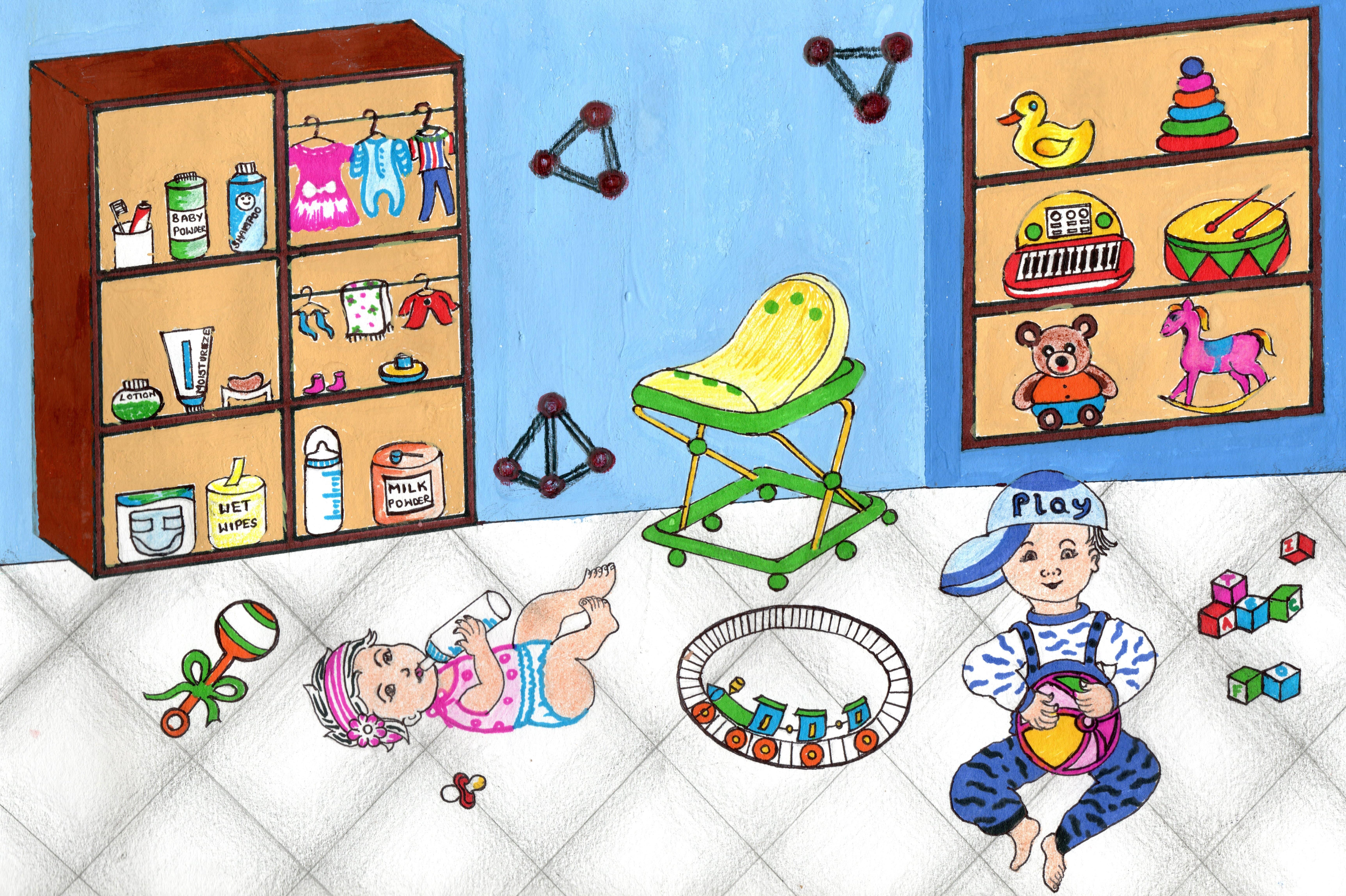
A repository of Fragrance Chemicals in Children's Products (FCCP) compiles 153 fragrance chemicals from published literature. We ought to understand the current regulatory status and possible health risks associated with the fragrance chemicals upon exposure to children. In FCCP, each fragrance chemical has been mapped to their standard identifiers such as PubChem identifier, CASRN, canonical SMILES, InChI and InChIKey. Furthermore, FCCP provides users with chemical information such as 2D and 3D structures, physicochemical properties, molecular descriptors, and predicted ADMET properties. The compiled chemicals have been divided into 8 broad categories and 19 sub-categories based on their use in children's products. Using ClassyFire, the 153 fragrance chemicals were classified into Kingdom, Superclass, Class and Subclass. All the compiled fragrance chemicals are found to be 'organic'. Of these 153 organic chemicals, 50 are 'benzenoids'.
The odor profile was also captured for the compiled fragrance chemicals in FCCP using FlavorDB, Flavornet, The Good Scents Company Information System and other published literature. The compiled odor types for chemicals are categorized into 24 odor classes. The odor information is unavailable for 13 chemicals. Of the 153 fragrance chemicals in FCCP, 97 can be produced naturally from plants, animals or fungi. To understand the regulatory status of the compiled fragrance chemicals, we performed a comparative analysis with relevant chemical lists that are part of regulations or guidelines. These chemical lists were categorized into Chemical Regulations specific to children's products, Hazardous substances, Regulations specific to cosmetics and fragrances, Safer chemicals, Skin sensitization, Substances of Very High Concern, and High Production Volume (HPV) chemicals. In addition, we have obtained the target genes for compiled fragrance chemicals using ToxCast in vitro human assays. The odor receptors associated with the fragrance chemicals were compiled using OdorDB.
Users can search for a particular fragrance chemical based on their chemical name, standard chemical identifiers, or physicochemical properties. Users can browse for the compiled chemicals based on their children's products category, chemical classification, odor profile or presence in chemical regulation or guideline. The compiled information in FCCP can aid scientists, stakeholders and regulatory agencies in risk assessment and develop safer products for children.
CITATION
If you use our resource, please cite the following research article:Janani Ravichandran#, Bagavathy Shanmugam Karthikeyan#, Jürgen Jost, Areejit Samal*, An atlas of fragrance chemicals in children’s products, Science of The Total Environment, 818: 151682 (2022).
# Joint-First authors; * Corresponding author.